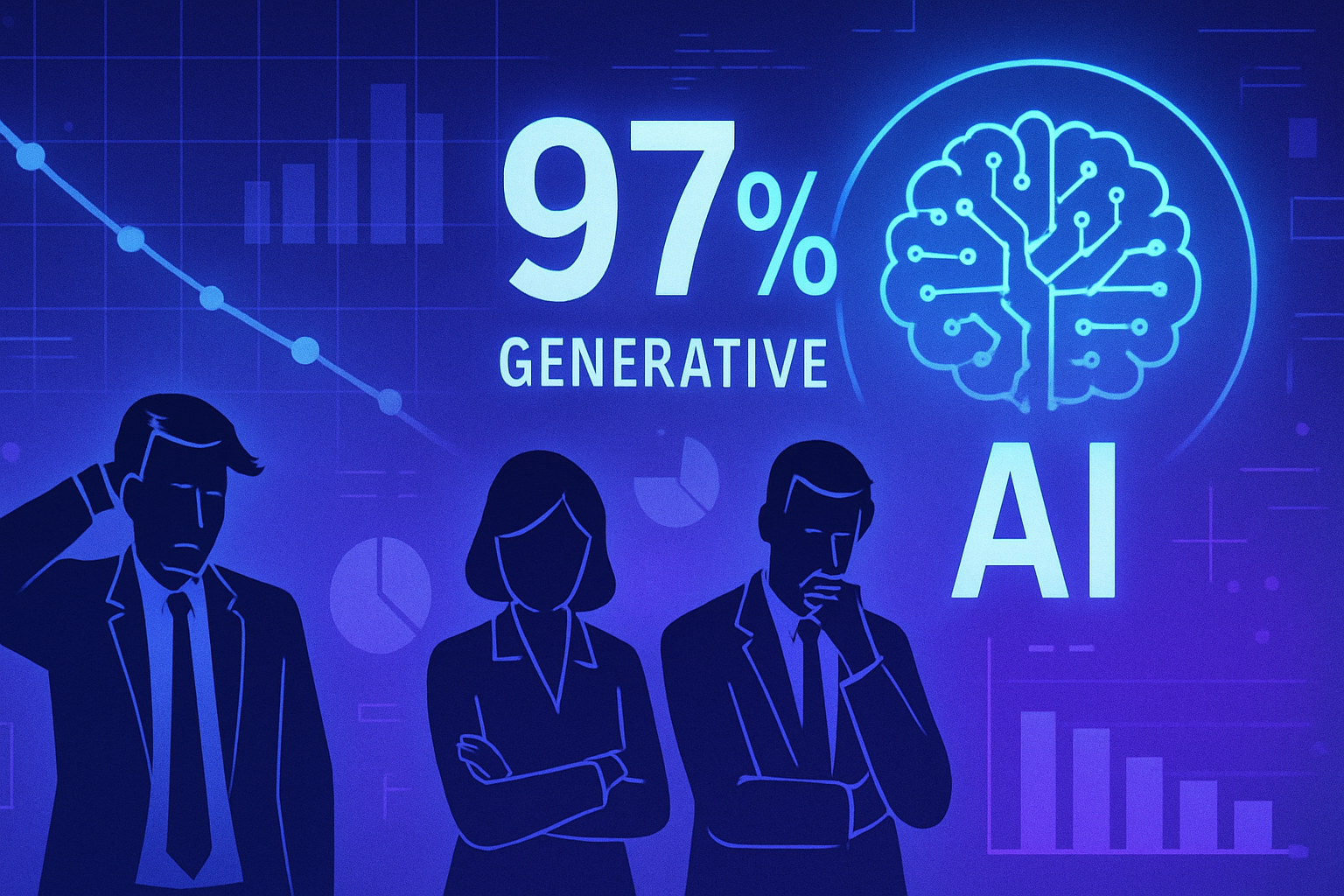The challenges of cybersecurity determine the digital future of our society. Innovative initiatives are emerging to strengthen our resilience against existing threats. The state has identified twelve innovative projects aimed at expanding critical technologies.
These projects, unveiled by the Secretary of State for Artificial Intelligence and Digital Technology, are part of the France 2030 plan. The winners will work on targeted solutions to optimize risk assessment and develop robust standards.
At the intersection of technology and regulation, these initiatives represent a beacon in the darkness of rising cyberattacks. Explore the synergies between innovation and security, including the crucial contributions from the private industry.
Launch of the winning cybersecurity projects
The government recently announced the results of its call for projects in the field of cybersecurity. This program, titled “Development of Critical Innovative Technologies,” aims to assess the challenges of cybersecurity and establish suitable regulatory standards. A budget of 25 million euros will be allocated to this initiative under the France 2030 plan. Interested organizations have until April 23 to submit their proposals.
12 winners unveiled during European Cyber Week
During European Cyber Week, the names of the twelve winners were revealed by Clara Chappaz, Secretary of State for Artificial Intelligence and Digital Technology. These winners stand out for their innovative projects, which aim to meet the expectations of the European NIS2 and DORA regulations. The program focuses on risk assessment and the implementation of concrete solutions for cybersecurity.
Aspiring projects: Energizing insurance and supply chain
The project “Eva2026,” designed in collaboration between the engineering school Télécom SudParis and the start-up Board of Cyber, aims to establish a cyber rating system in the fields of insurance and supply chain. Meanwhile, the Angers-based company Nameshield is developing an innovative solution to map a company’s cyber assets. The start-up Reversense, on the other hand, offers an artificial intelligence solution to assess the cybersecurity of applications, even without access to the source code.
Measuring human risk in cybersecurity
The young company Anozr Way, which recently raised 6 million euros, has embarked on a project with Erium, titled “Cybrh.” This project is dedicated to “measuring human risk in cybersecurity, mobilizing people on their cyber defense, and leading training actions for companies”. The IT services company Adacis is also joining the initiative by creating a program to leverage the capabilities of LLMs to improve tools for pentesters.
Securing platforms and auditing systems
The project “Pogg,” initiated by the CEA in partnership with GitGuardian, focuses on creating a platform dedicated to securing both public and private code. The companies Viaccess Orca and Wallix are also working on the Voltix project, while Citalid and the Europlace Institute of Finance are collaborating to establish a R&D program that will serve as a trusted third party for insurance professionals in managing cyber risks.
Language models and cybersecurity auditing
Among the notable projects is “AuditLLM,” developed by Wikimédia France, in association with the Campus Cyber. This initiative aims to design language models specifically intended to audit other LLMs. The projects of the companies Serma Safety and Security and Alcyconie focus respectively on auditing the security of electronic systems and integrating AI tools into crisis management solutions.
The next edition: Focus on data protection
This dynamic will continue with the launch of the fourth edition of the call for projects. Clara Chappaz announced that this new iteration will focus on securing data hosting and processing technologies, emphasizing cloud, quantum, and AI solutions. For this edition, 25 million euros are again allocated, targeting projects with expenditures exceeding one million euros, with adjustments for certain start-ups.
Projects should have a duration of one to three years, and support may take the form of grants or recoverable advances. Applications can be submitted on the Picxel platform from Bpifrance until April 23, 2025.
FAQ: Launch of the 12 winning state projects in cybersecurity
What are the main objectives of the 12 winning cybersecurity projects?
The projects aim to improve cybersecurity assessment and develop regulatory standards to strengthen the security of critical technologies in France.
How does the government select winning projects in cybersecurity?
Projects are evaluated based on their innovation, relevance to cybersecurity issues, and potential impact on securing systems and infrastructures.
What amount is allocated for the third edition of the call for projects in cybersecurity?
For the third edition, an envelope of 25 million euros has been earmarked to support selected projects.
How can organizations submit their projects for the next edition?
Interested organizations must submit their applications on the dedicated platform before the deadline, set for April 23.
What types of projects are encouraged in this state initiative?
Projects focusing on hosting technologies, data processing, and innovations related to artificial intelligence are particularly encouraged.
Is there collaboration between the public and private sectors in these projects?
Yes, several winning projects are collaborations between public and private stakeholders, which fosters innovation and knowledge sharing.
What are the expectations in terms of duration for funded projects?
Selected projects must have an implementation duration of one to three years, allowing for thorough and thoughtful development of the proposed solutions.
What results are expected from these projects in terms of cybersecurity?
Expected results include the development of new security solutions, improved resilience of critical infrastructures, and better compliance with European regulations.
Are projects always evaluated after their launch?
Yes, regular follow-ups and assessments of results are conducted to ensure that projects meet the set objectives and to adjust strategies if necessary.






